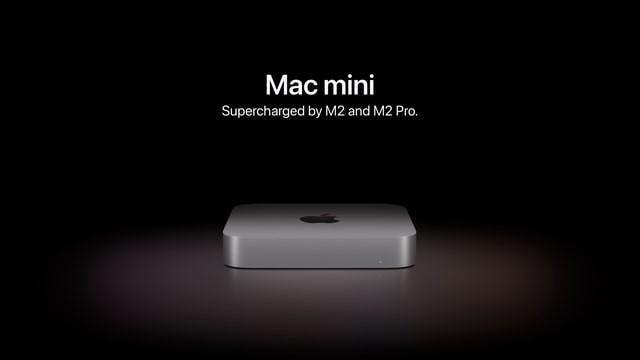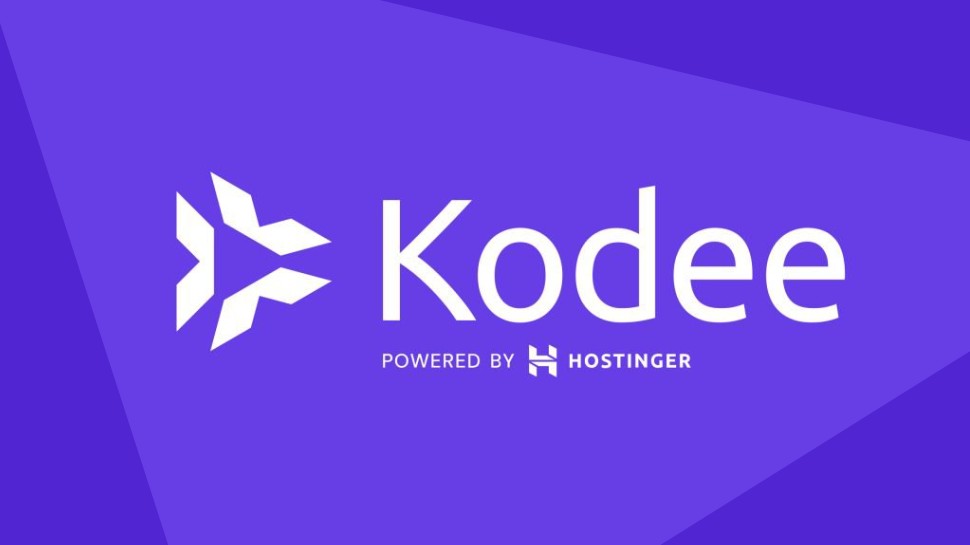Kioxia confirms its next gen 332-layer NAND chip is 'only' 2Tb but hints at more large capacity SSD without the need for PLC
Kioxia reveals 2Tb 332-layer NAND chip, but roadmap suggests big SSDs possible without Penta-Level Cell (PLC) tech.
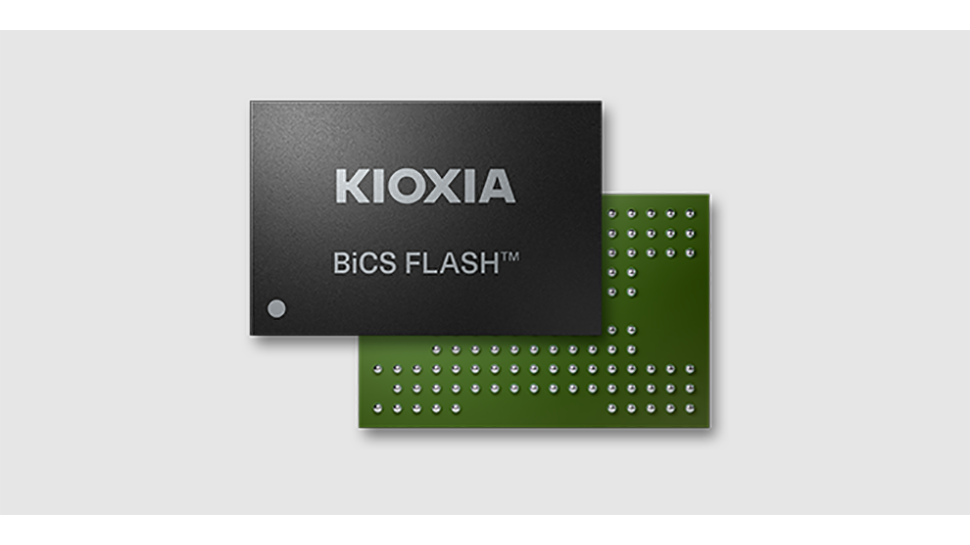
- Kioxia’s 332-layer NAND delivers 2Tb without using PLC tech
- Japanese flash giant is focusing on performance and capacity through dual-axis development approach
- Hints are that it can deliver even larger capacity SSDs, as part of "Gen X"
Kioxia has revealed via updated roadmap materials that its upcoming 332-layer NAND chip - part of its 10th generation BiCS FLASH - will offer 2Tb of capacity per die.
While this may seem small compared to expectations, the Japanese flash memory specialist has hinted that it can deliver even larger capacity SSDs, as part of Gen X, without resorting to Penta-Level Cell (PLC) technology.
The roadmap slides, published by TechPowerUp, were shared as part of Kioxia’s long-term corporate strategy.
Dual-axis strategy
The 332-layer chip, which is currently under development, is part of what Kioxia calls its “dual-axis strategy” for NAND. This strategy splits development into two paths: the first focusing on increasing layer count for higher capacity and the second improving performance via Charge-Based Architecture (CBA).
CBA connects the CMOS circuitry directly to the memory array, helping to increase bandwidth, reduce latency, and lower power consumption.
Kioxia says this approach allows it to boost density without sacrificing the endurance and reliability associated with having fewer bits per cell.
Kioxia’s roadmap doesn’t discuss the company’s plans for PLC, even though other competitors are beginning to explore that direction. Kioxia instead appears to be doubling down on process improvements and new controller designs to meet market demands.
The company’s recent focus has been on two SSD families: the CM9 series, which emphasizes high-performance for AI applications, and the LC9 series, which targets large capacity and currently offers up to 122TB capacity.
Both products are based on Kioxia’s 8th generation BiCS FLASH, which introduced CBA and supports energy-efficient, high-throughput workloads.
Kioxia also revealed a high-IOPS SSD that it has developed using its XL-Flash SLC technology. This SSD is expected to exceed 10 million IOPS and sample in the second half of 2026.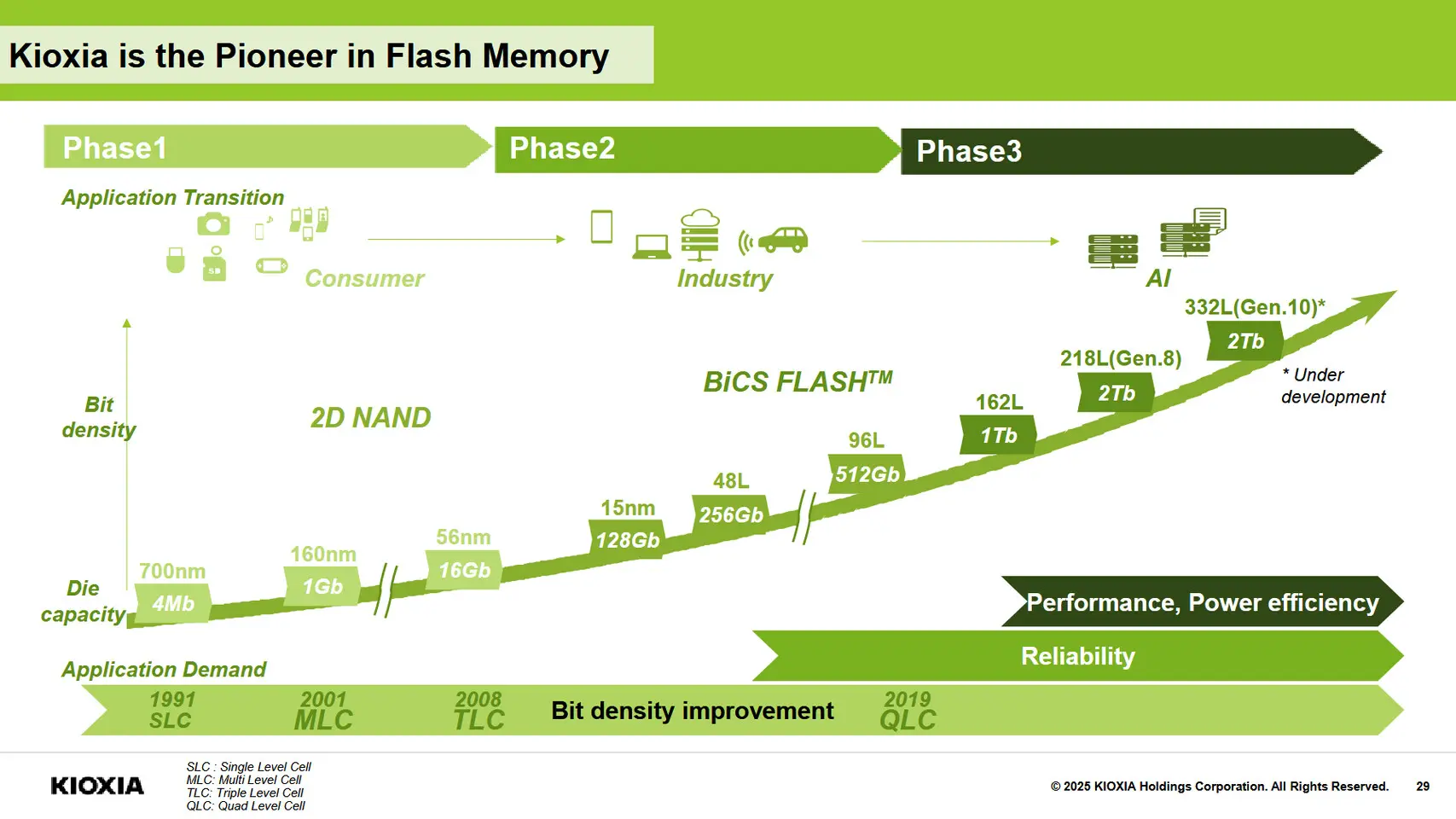
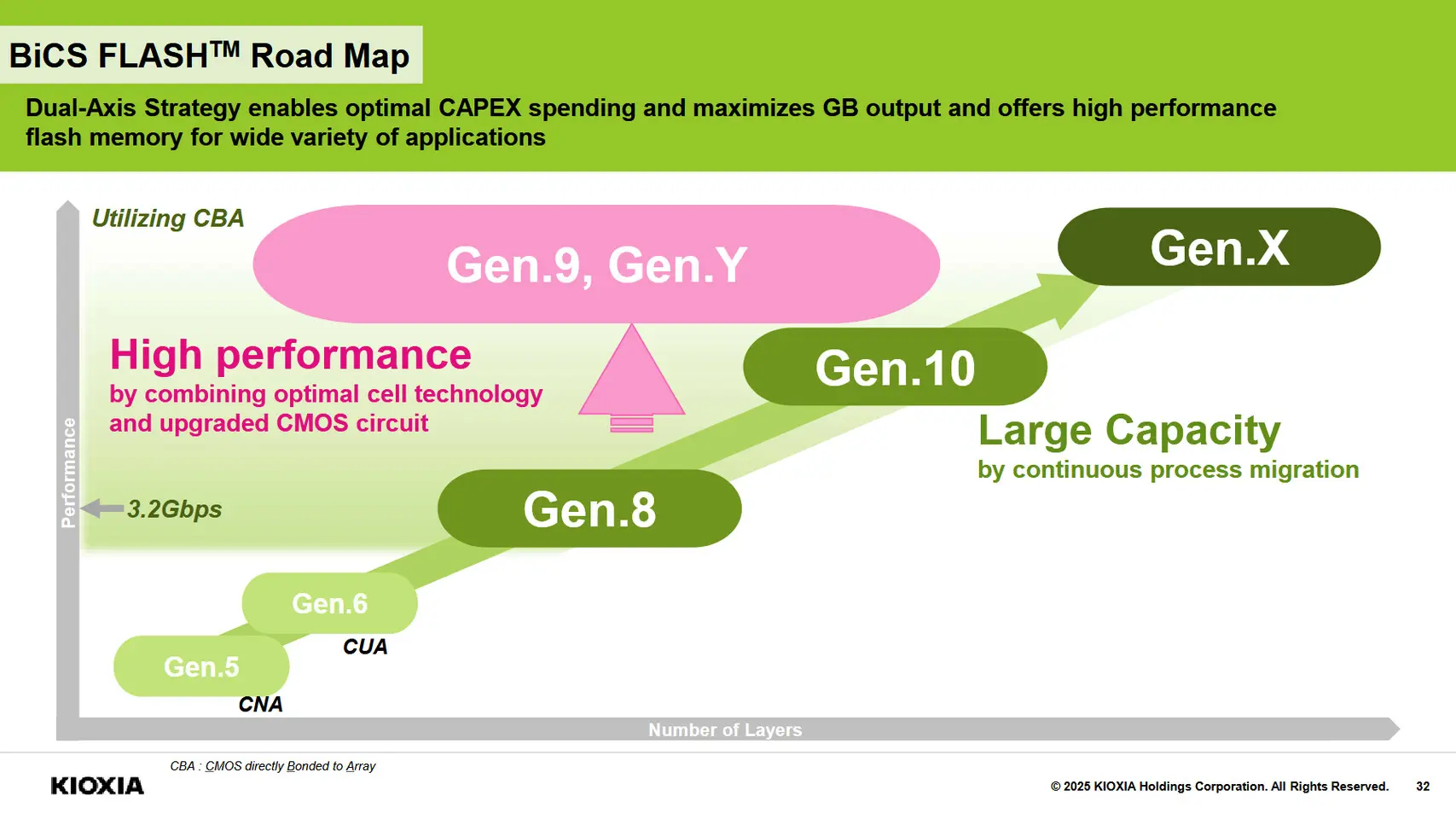
You might also like
- These are the fastest SSDs you can buy right now
- And these are the largest HDDs and SSDs on the market at the moment
- Another tech publisher has broken the Pi calculation world record



















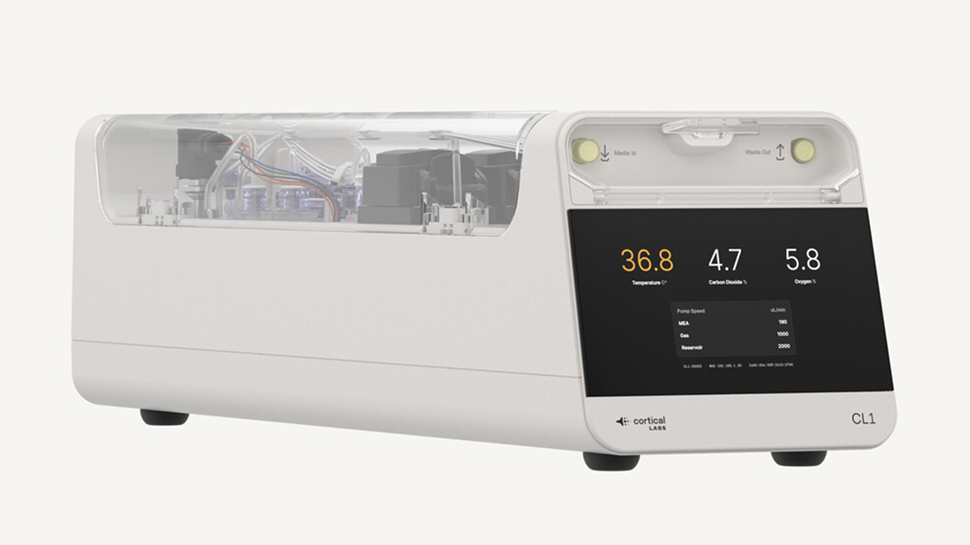

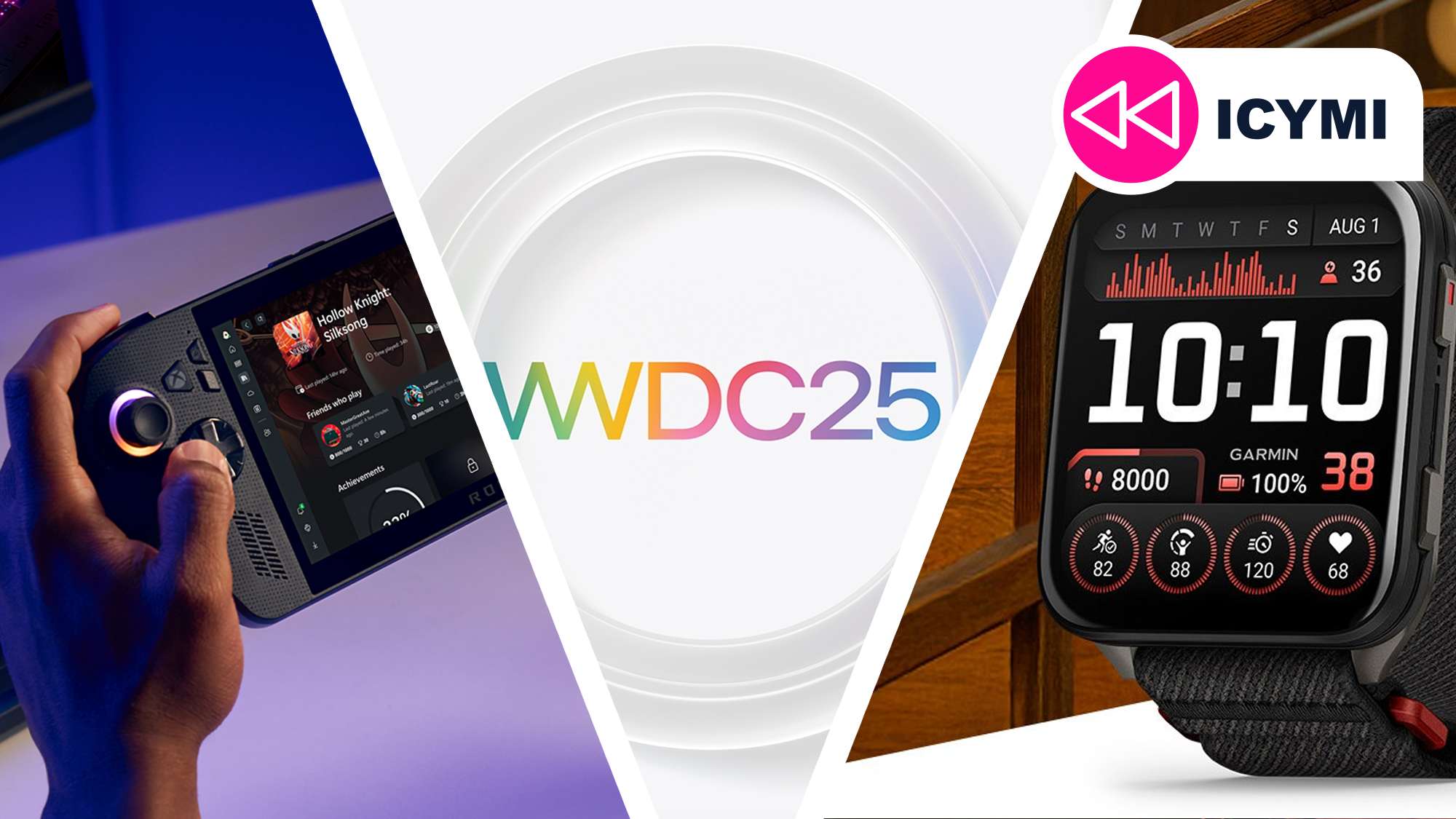























































































































































![[The AI Show Episode 152]: ChatGPT Connectors, AI-Human Relationships, New AI Job Data, OpenAI Court-Ordered to Keep ChatGPT Logs & WPP’s Large Marketing Model](https://www.marketingaiinstitute.com/hubfs/ep%20152%20cover.png)





















































































































![[DEALS] Internxt Cloud Storage Lifetime Subscription: 10TB Plan (87% off) & Other Deals Up To 98% Off – Offers End Soon!](https://www.javacodegeeks.com/wp-content/uploads/2012/12/jcg-logo.jpg)


























![Designing a Robust Modular Hardware-Oriented Application in C++ [closed]](https://i.sstatic.net/f2sQd76t.webp)


























.jpg?width=1920&height=1920&fit=bounds&quality=70&format=jpg&auto=webp#)




















































































_Andreas_Prott_Alamy.jpg?width=1280&auto=webp&quality=80&disable=upscale#)

_designer491_Alamy.jpg?width=1280&auto=webp&quality=80&disable=upscale#)








































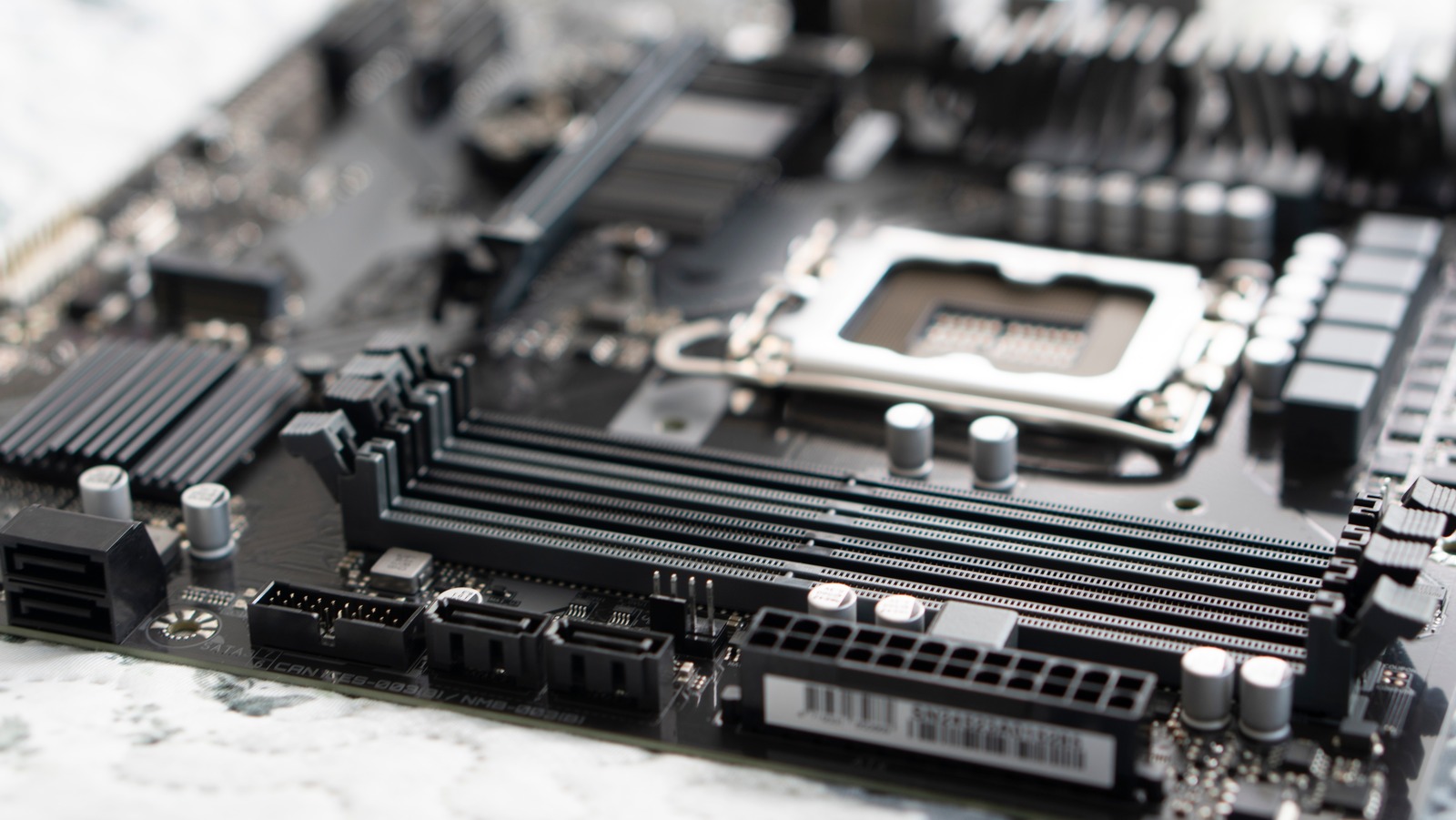

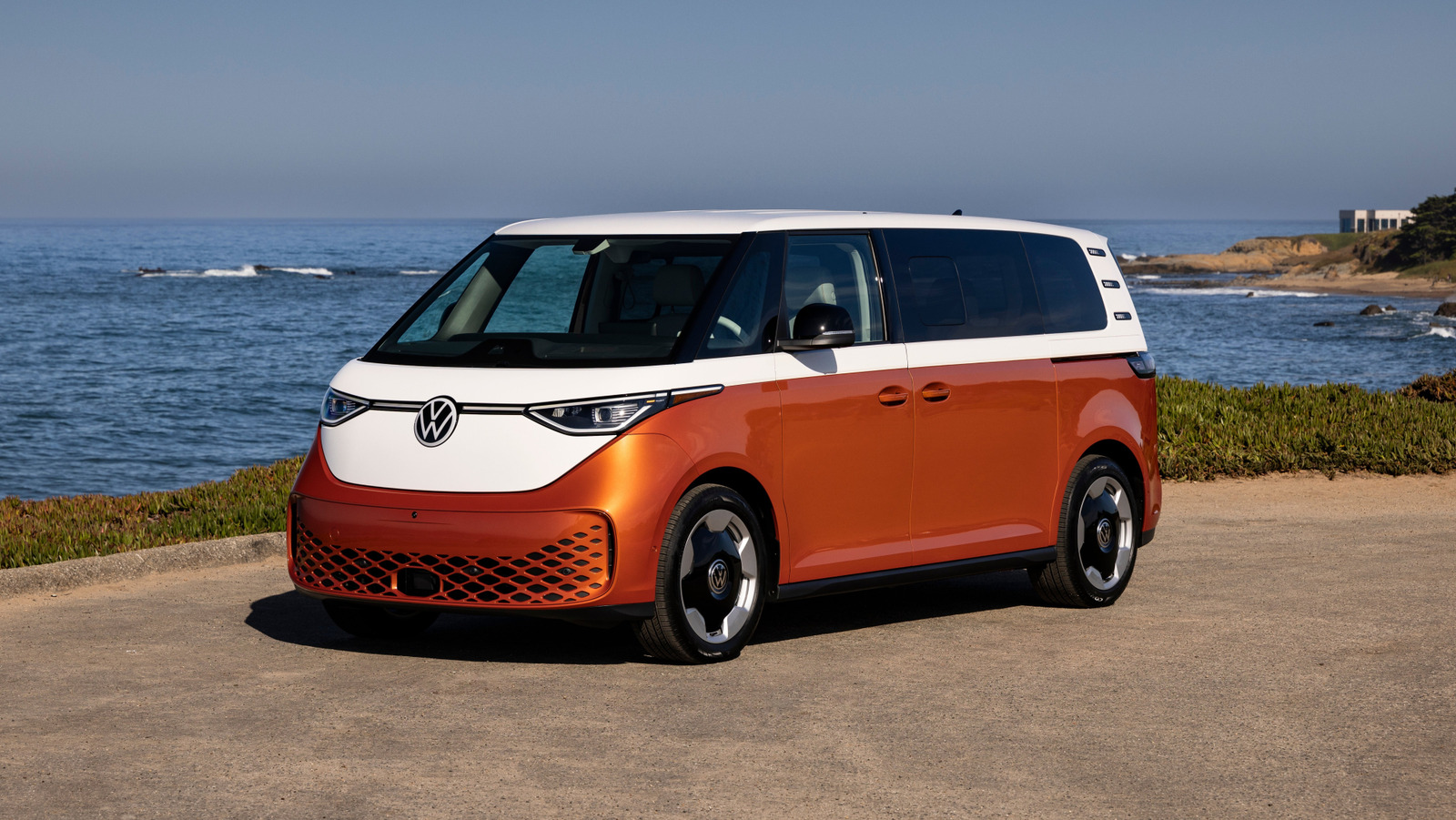






































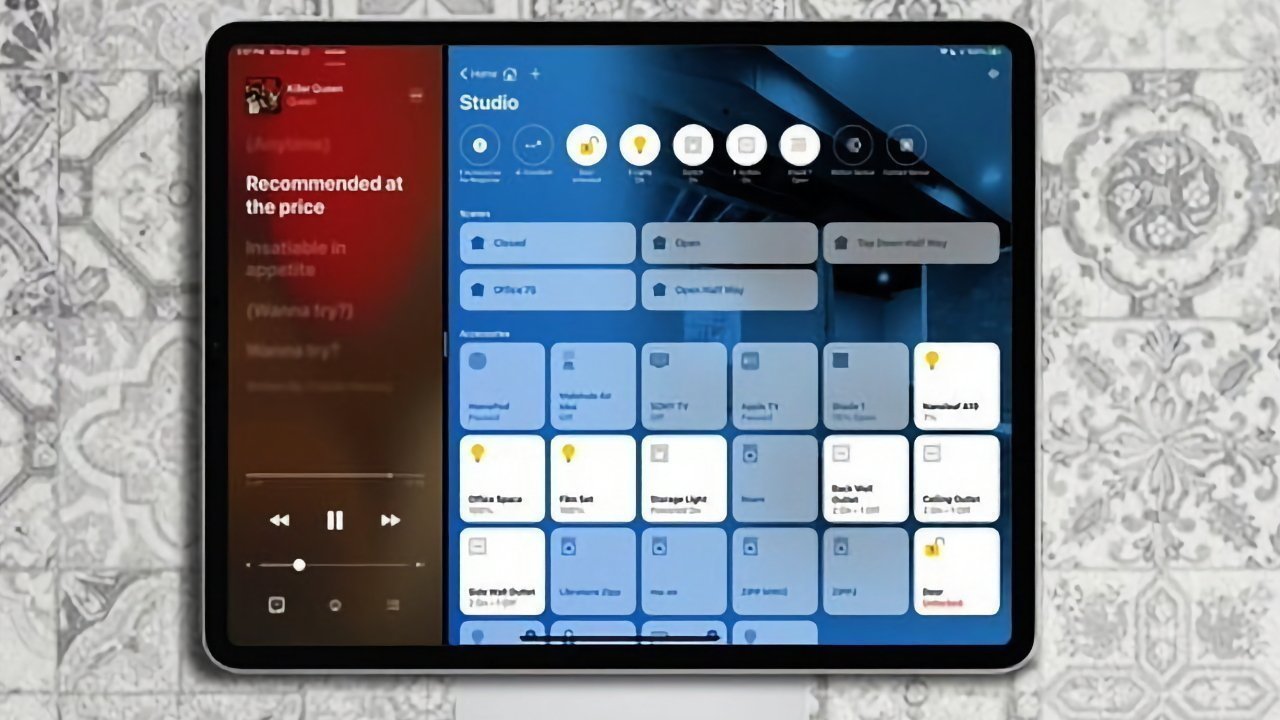
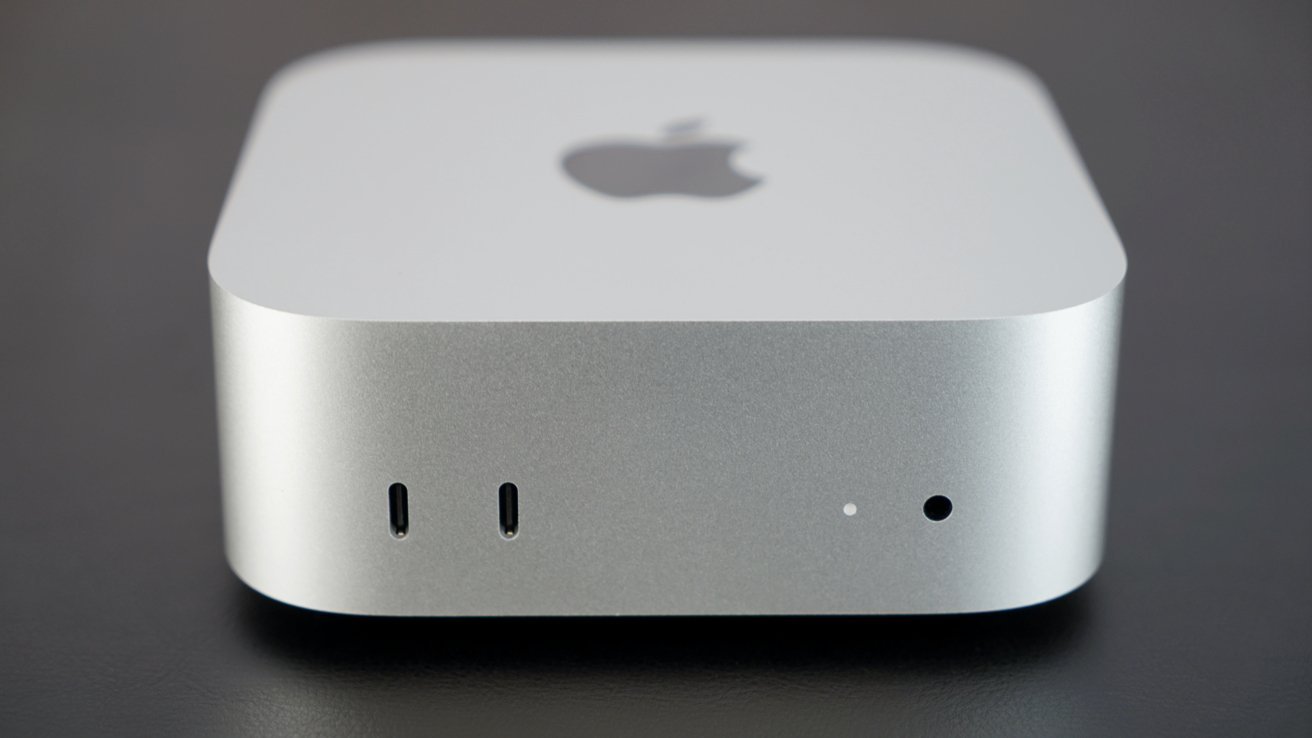


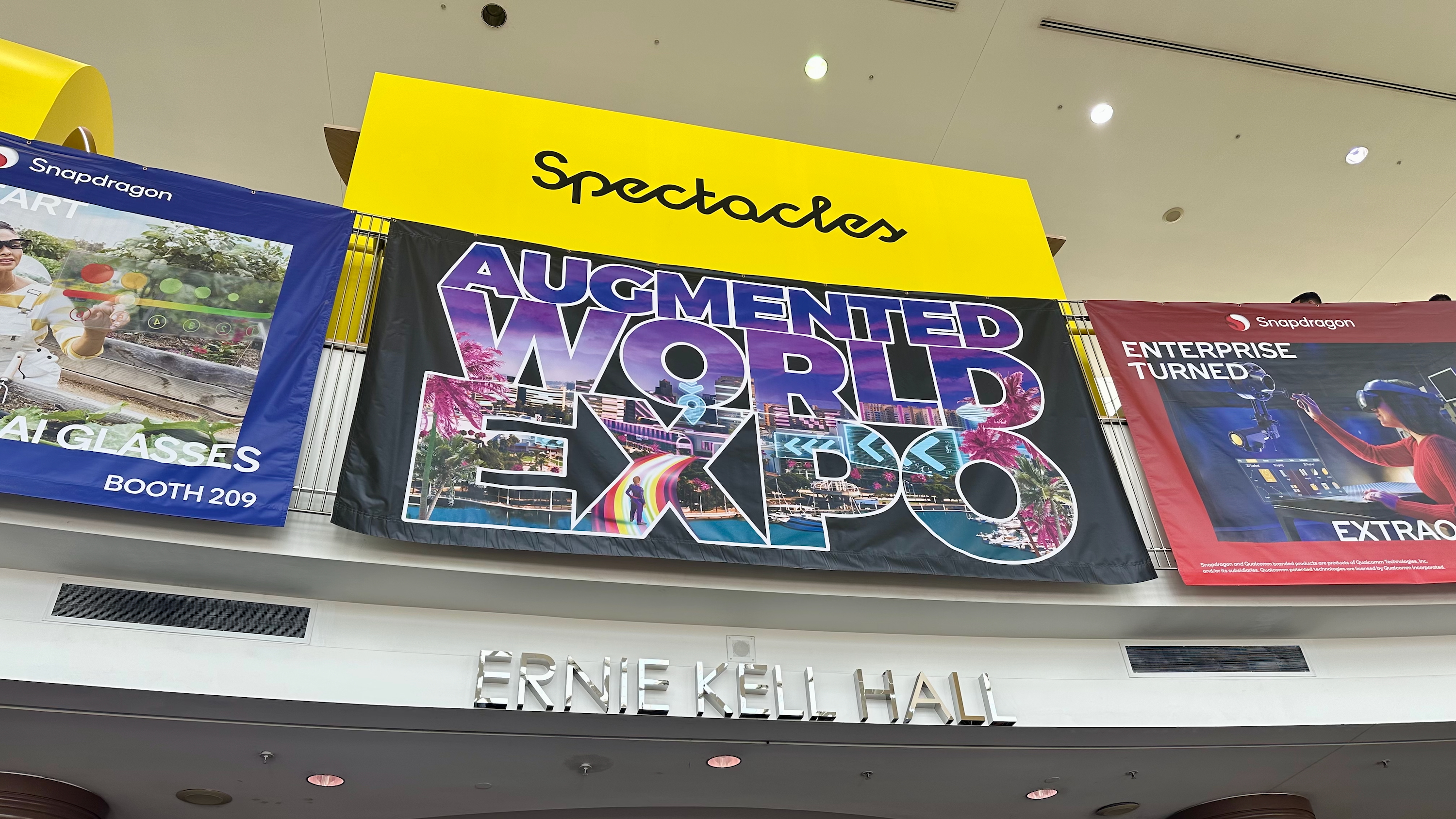









![Google Play Store not showing Android system app updates [U]](https://i0.wp.com/9to5google.com/wp-content/uploads/sites/4/2021/08/google-play-store-material-you.jpeg?resize=1200%2C628&quality=82&strip=all&ssl=1)















